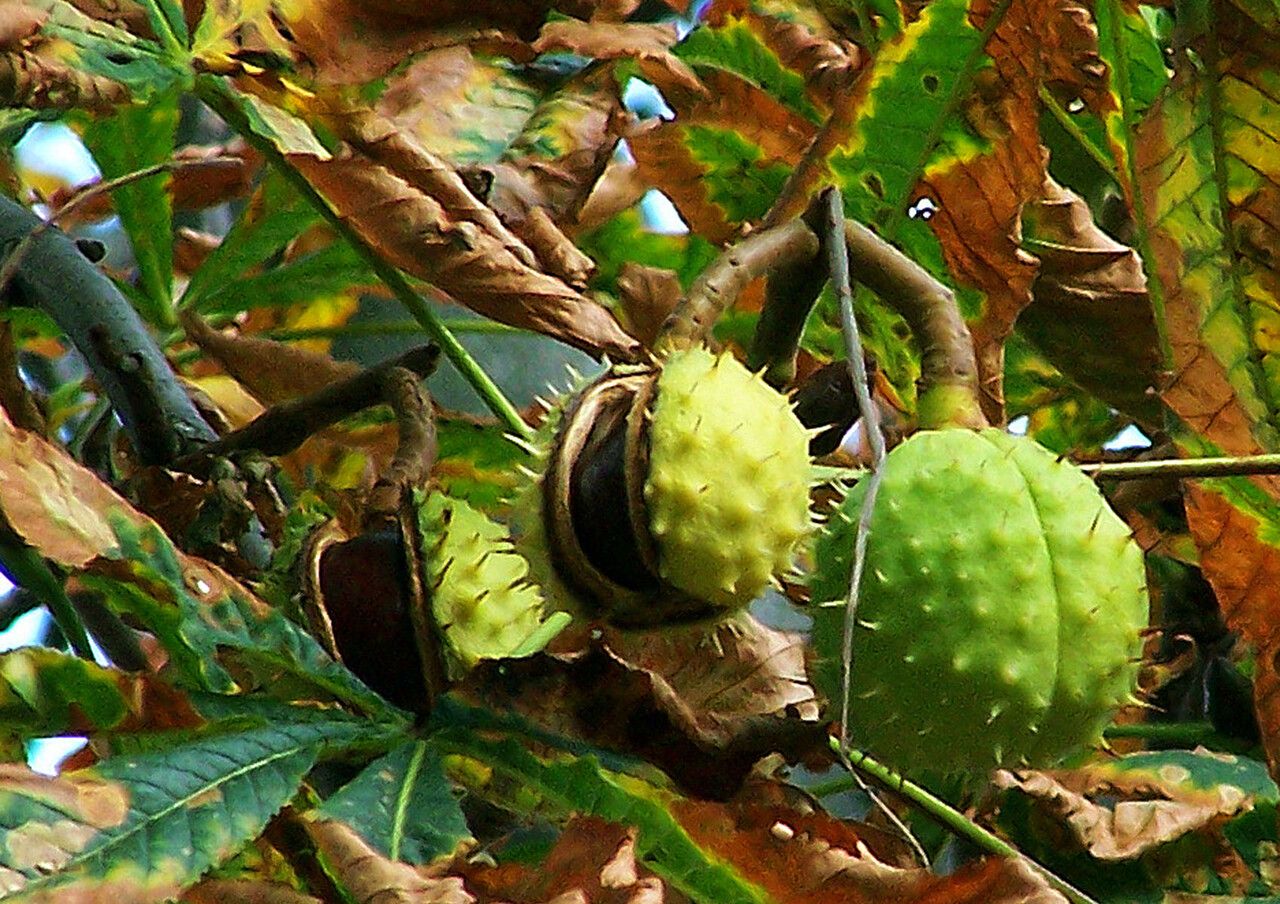ObservationAesculus hippocastanum L.observed byA Andrzej KonstantynowiczAndrzej Konstantynowicz28 September 2006
Andrzej KonstantynowiczAndrzej Konstantynowicz28 September 2006
observed by Andrzej KonstantynowiczAndrzej Konstantynowicz
Andrzej KonstantynowiczAndrzej Konstantynowicz
A
28 September 2006
Determination
Proposed determination
Suggest another determination
You don’t agree with the suggested species but don’t have another suggestion
Comments
Additional data
Date created
9 Des 2021
Last revised
16 Okt 2023
Łódź, Stoki
It is native to a small area in the Pindus Mountains mixed forests and Balkan mixed forests of South East Europe, but widely spread over Europe.
Edible plant - young leaves cooked; seeds cooked, can be dried, ground into a flour and used as a gruel; the roasted seed is used as a coffee substitute; care should be taken when eating seeds due to saponin content.
Herbal plant - the plant is an astringent, anti-inflammatory herb that helps to tone the vein walls which, when slack or distended, may become varicose, haemorrhoidal or otherwise problematic; it also reduces fluid retention by increasing the permeability of the capillaries and allowing the re-absorption of excess fluid back into the circulatory system; the bark is anti-inflammatory, astringent, diuretic, febrifuge, narcotic, tonic and vasoconstrictive; a tea made from the leaves is tonic and is used in the treatment of fevers and whooping cough; an oil extracted from the seeds has been used externally as a treatment for rheumatism.
Useful plant - Ssaponins in the seed are used as a soap substitute, they can be easily obtained by chopping the seed into small pieces and infusing them in hot water.; wood is weak, nicely grained, used for house fittings, domestic items, etc.
Shared in
Groups (13)

